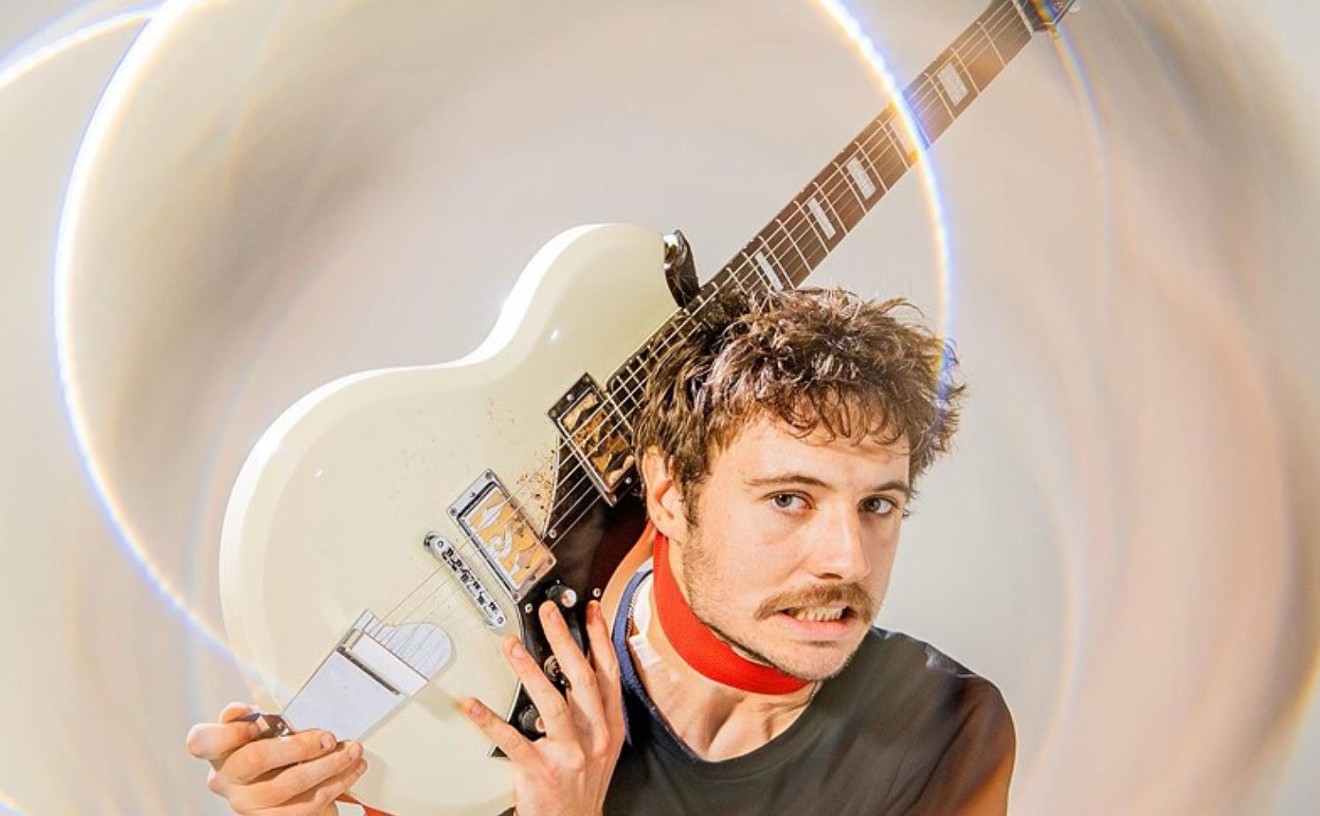About two decades ago, I heard Kind of Blue by Miles Davis, and it floored me. It's the best selling jazz album of all time, and if there's one album that truly started an obsession with jazz, it was that one. As a kid, I'd gotten to see cats like Red Rodney, Zoot Sims and Slide Hampton at Dick Gibson's jazz shows in the early '80s, but it wasn't until hearing Kind of Blue that something just completely clicked. It's hard to completely pinpoint what exactly it was, but I felt it. It's the perfect place to start if you know squat about jazz but are looking to become more versed, as are the other albums that I picked out here. Admittedly, it was hard to pare it down to just ten, and I left out a ton of legendary albums, but these records, most of which were recorded in the '50s and '60s, are a great place to start.
See also: - Ten essential albums of the 1960s - Ten essential gangsta rap albums
10. CHET BAKER - CHET Trumpeter Chet Baker could swing hard, but Chet is, for the most part, a ballad affair. Baker's playing is gorgeous all the way the through, as is most of the other musicians on the recording, like baritone saxophonist Pepper Adams, pianist Bill Evans and flautist Herbie Mann. A vital late-night disc in anyone's collections, Chet is a damn fine soundtrack for an unhurried session in the sack. Dig?
9. JOE HENDERSON - PAGE ONE One of the great debut jazz albums, Page One finds Joe Henderson here in his mid-twenties when he released this album, but the tenor saxophonist sounded a few decades older. Already fully in control of a rich and robust tone, his phrasing is outstanding throughout the album's six tracks. "Blue Bossa," written by trumpeter Kenny Dorham on the record and "Recorda Me," the first tune Henderson ever wrote, went on to become widely played standards. One of the great Blue Note hard bop albums of the early '60s.
8. PHAROAH SANDERS - THEMBI Pharoah Sanders recorded and performed with John Coltrane for a few years leading up to Coltrane's death in 1967 with both saxophonists delving into some intense free jazz. There's still some forceful blowing on Thembi, especially on "Red, Black & Green." But the opening track, "Astral Traveling," which features some stellar Fender Rhodes playing by Lonnie Liston Smith, and the title track might be reason enough to give the record a spin. If anything, it shows the wide palette which Sanders works with.
7. ORNETTE COLEMAN - THE SHAPE OF JAZZ TO COME The title says it all. Recorded in 1959, this alto saxophonist's The Shape of Jazz to Come helped usher in free jazz. Since there was no pianist on the date, there wasn't much of a recognizable chord structure. Coleman would later go further "out" on later recordings, as would other musicians who were inspired by Coleman, but this is essentially where it started, and also contains signature Coleman songs like "Lonely Woman," "Peace " and "Focus on Sanity."
6. CANNONBALL ADDERLEY - SOMETHIN' ELSE Another classic hard bop Blue Note release, Somethin' Else feels as much a Miles Davis album as it does a Cannonball Adderley disc, as Davis plays a lot of the first solos and chose the material. But however you look at it, there's some outstanding lyrical playing by both musicians, namely on an unhurried take of "Autumn Leaves" and the slow, bluesy "One for Daddy-O."
5. BILL EVANS - SUNDAY AT THE VANGUARD When pianist Bill Evans teamed up with drummer Paul Motian and bassist Scott LaFaro, they formed one of the finest trios in the history of jazz. They shared a synergistic chemistry that's more than recognizable on cuts like "Gloria's Step," "All of You" and "Solar." But the 1961 album recorded at New York's famed Village Vanguard is a particularly affecting one as it was the final performance of the trio since LaFaro died at the age of 25 in a car accident just ten days after the live recording.
4. SONNY ROLLINS - THE BRIDGE During a three-year hiatus from playing gigs and recording, tenor saxophonist Sonny Rollins spent countless hours woodshedding on New York's Williamsburg Bridge. The Bridge, released in 1962, marked the return of Rollins. While he was already a hell of a player before his break, it's obvious from the title track that the saxophonist had been mastering his craft. One of the few albums where Rollins plays with a guitarist, The Bridge also features some exceptional playing by the great Jim Hall.
3. THELONIOUS MONK - MISTERIOSO While Thelonious Monk released some great material recorded in the studio, some of his live recordings were downright extraordinary. Recorded in 1958 at New York's Five Spot Café, the pianist is damn fine form here, and Misterioso is a document of his notoriously angular playing, especially on "Nutty" and "Blues Five Spot." Bassist Ahmed Abdul-Malik and drummer Roy Haynes do a gallant job holding down the fort, and tenor player Johnny Griffith plays his ass off, blowing swift and complex solos.
2. JOHN COLTRANE - CRESCENT While A Love Supreme has been hailed as one of Coltrane's masterpieces, Crescent is nearly as potent, but in some regards, it's more accessible, especially for someone new to jazz. Released in 1964, the year before A Love Supreme came out, Crescent showcases Coltrane in astounding form with brave phrasing and a beautifully pure tone. Along with his classic quartet that included pianist McCoy Tyner, bassist Jimmy Garrison and drummer Elvin Jones, who were all at the top of their game, Coltrane is mesmerizing here, especially on the title track, the magnificent "Wise One" and "Lonnie's Lament."
1. MILES DAVIS - KIND OF BLUE One of the obvious reasons that Kind of Blue is the best jazz album of all time is the line-up: Miles Davis, John Coltrane, Cannonball Adderley, Bill Evans, Paul Chambers, Jimmy Cobb, and Wynton Kelly (who plays on the one track). No doubt, getting that much talent in one room is greatness will happen. But with Kind of Blue, it's sort of understated importance. While bop was based on numerous chord changes, the modal-based Kind of Blue is a complete contrast, like the opener, "So What," which is based on just two chords. Sure, there's some virtuosic playing by both Coltrane and Adderley, but Davis sounds absolutely sublime throughout, laying back and leaving space between notes, letting each one breathe.
Follow @Westword_Music











